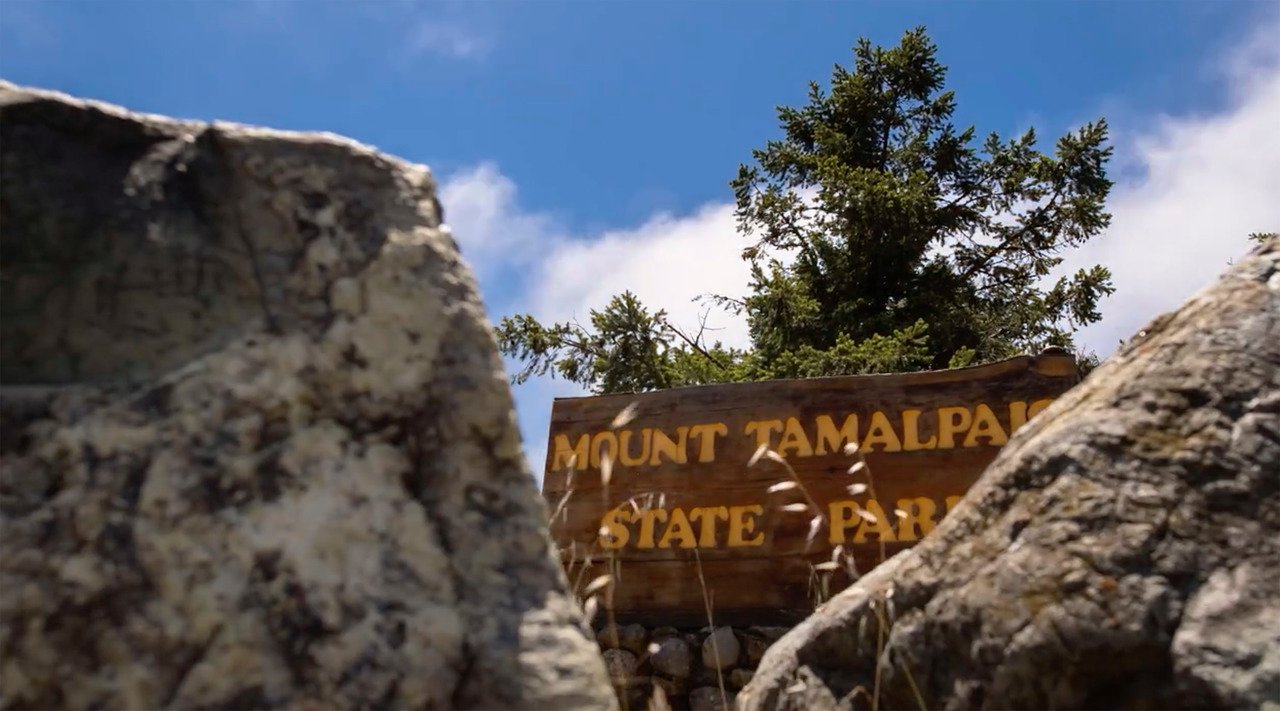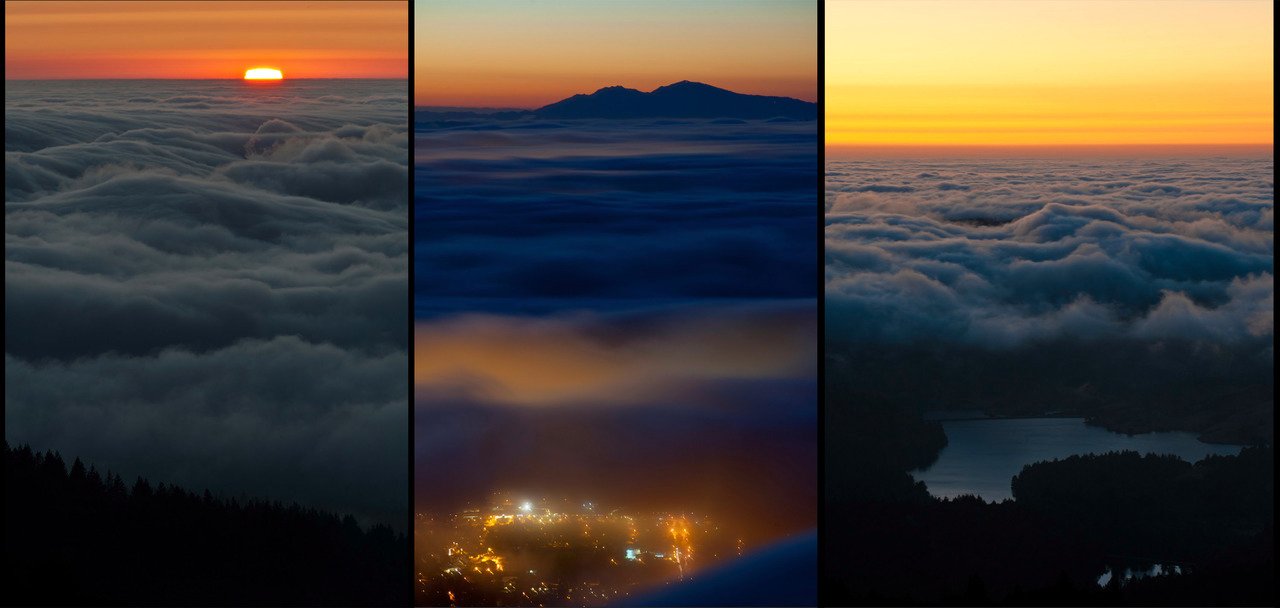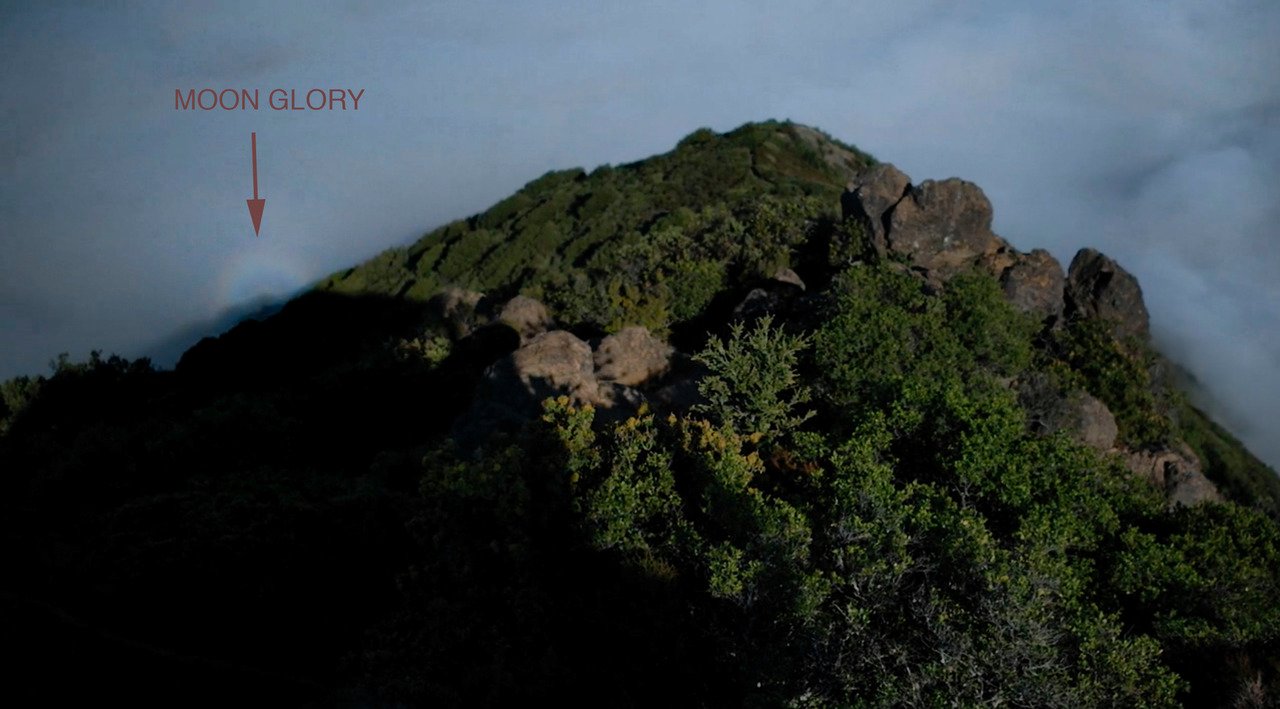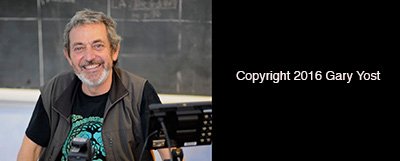 The famous SF Bay Area fog captured like you've never seen it before...
The famous SF Bay Area fog captured like you've never seen it before...
from the fire lookout on the summit of Mt. Tamalpais.
 Mt. Tamalpais State Park closes to visitors every evening from sunset until dawn,
Mt. Tamalpais State Park closes to visitors every evening from sunset until dawn,
and once the park is locked up, only the lookouts and rangers have this highest vantage point in the Bay Area (2,571’).
 In the summertime, at night, when the fog comes in below the mountain, it famously blankets the Bay Area and has ethereal qualities (especially in the moonlight).
In the summertime, at night, when the fog comes in below the mountain, it famously blankets the Bay Area and has ethereal qualities (especially in the moonlight).
It's a shame that it’s illegal for people to be on the mountain at night to see it.
The summer supermoon was like the perfect opportunity to film what the fog looks like when lit by moonlight from above. I scheduled a shift during that full moon knowing it would be a great opportunity to show people something new.
 Full moon behind the FAA Radome on Tam's West Peak
Full moon behind the FAA Radome on Tam's West Peak
(as seen from the Fire Lookout on East Peak)
When you’re in the fog (anywhere below 1500-2000 feet), it just appears as a drab grey blanket, but when you’re above it, it becomes dynamic and almost looks alive. The fog forms from nowhere and becomes a magical mysterious tsunami of vapor that erases almost all traces of civilization at night. It’s an elemental dance… the water rises up into the air and blankets the earth. The fourth element is fire, and it’s what we humans bring to the landscape. This fire energy is an artifact of our civilization as evidenced by the lights of our vehicles and cities. When the fog is thin and diffusing the city lights it looks so much like the cities are on fire that I’ve always compared it in my mind to what the roiling fires of hell were imagined to be in those 15th century Hieronymus Bosch paintings. But after midnight, when the fog fully comes in and deepens to 2,000 feet, it completely smothers the Bay Area and a tremendous hush falls over the mountain. Traffic noise and city lights cease and all you can hear are crickets and the wind. The sight of jets taking off and landing at the SFO and Oakland airports are the only man-made movements that can be detected, adding another sense of surreality to the scene.



 I used the excellent Sun Surveyor iOS app to pre-visualize the location of the rising moon, and by the time it rose at 7:10pm I had everything set up for my first shot. Visualizing the rising moon is always a “Where’s Waldo” experience for me because the horizon-level haze frequently tends to obscure it. That evening the haze was dense due to all the forest fires in Northern California and I managed to grab focus and position just after it crossed the haze line.
I used the excellent Sun Surveyor iOS app to pre-visualize the location of the rising moon, and by the time it rose at 7:10pm I had everything set up for my first shot. Visualizing the rising moon is always a “Where’s Waldo” experience for me because the horizon-level haze frequently tends to obscure it. That evening the haze was dense due to all the forest fires in Northern California and I managed to grab focus and position just after it crossed the haze line.
 From that moment until the moon set near to the West Peak FAA radome at 5am, I was in motion; either setting up a shot or scouting for the next shot. Everything was filmed from the Fire Lookout’s catwalk, and by midnight the wind died down and it was indescribably peaceful up there, with a warm wind blowing at 10mph and the crickets chirping away. Air traffic had almost ceased by that time and the scene must’ve looked very similar to how it would’ve looked 1,000 years ago.
From that moment until the moon set near to the West Peak FAA radome at 5am, I was in motion; either setting up a shot or scouting for the next shot. Everything was filmed from the Fire Lookout’s catwalk, and by midnight the wind died down and it was indescribably peaceful up there, with a warm wind blowing at 10mph and the crickets chirping away. Air traffic had almost ceased by that time and the scene must’ve looked very similar to how it would’ve looked 1,000 years ago.
 Once the moon had set I was finished and packed up all the camera gear. But the oddest thing happened after the sun rose... I looked out the west side of the lookout and saw a perfectly circular rainbow halo around the shadow of the fire lookout as it was projected on a cloud below me. I quickly unpacked my gear and captured the phenomenon, which I later Googled and learned that it’s called a Sun Glory -- an optical effect that happens due to light waves when photons tunnel through air inside the water droplets and is then are emitted backwards towards you. Glories can only be seen when you’re between the sun and the clouds, so you have to be quite high up (like in an airplane) to be in the position to visualize them. If you’re on a mountain with clouds below you, they’re possible to visualize right here on earth and you can watch this short 40-second time-lapse of the Glory here:
Once the moon had set I was finished and packed up all the camera gear. But the oddest thing happened after the sun rose... I looked out the west side of the lookout and saw a perfectly circular rainbow halo around the shadow of the fire lookout as it was projected on a cloud below me. I quickly unpacked my gear and captured the phenomenon, which I later Googled and learned that it’s called a Sun Glory -- an optical effect that happens due to light waves when photons tunnel through air inside the water droplets and is then are emitted backwards towards you. Glories can only be seen when you’re between the sun and the clouds, so you have to be quite high up (like in an airplane) to be in the position to visualize them. If you’re on a mountain with clouds below you, they’re possible to visualize right here on earth and you can watch this short 40-second time-lapse of the Glory here:
 What’s particularly interesting is that on Monday when I was processing the time-lapse sequences, I noticed that there was also a Moon Glory in the Supermoon video at the edge of the fire lookout’s moon-shadow, between 1:51 and 2:01. I didn’t even notice that when I shot it but it popped right out at me in Lightroom. I couldn’t find any references to Moon Glories anywhere on the Internet, so I assume that this is one of the most rare optical phenomena on earth. Check it out!
What’s particularly interesting is that on Monday when I was processing the time-lapse sequences, I noticed that there was also a Moon Glory in the Supermoon video at the edge of the fire lookout’s moon-shadow, between 1:51 and 2:01. I didn’t even notice that when I shot it but it popped right out at me in Lightroom. I couldn’t find any references to Moon Glories anywhere on the Internet, so I assume that this is one of the most rare optical phenomena on earth. Check it out!
 From the Supermoon video @ 1:51
Finding the music to add to a piece like this is always one of my greatest pleasures, and getting to the point of bringing the assets into FCPX to start editing is incredibly exciting for me. I had remembered that a harpist I’d met a few years previously (Rüdiger Oppermann) had composed a wonderful harp/organ/bell piece called “Tsunami.” That perfectly described the visuals… a tsunami in the air. I asked him for permission and then I was ready to start editing.
It only took a few hours to compose the visual narrative in FCPX because essentially I was reproducing the moonrise/set timeline and simply had to cut that to the music. The biggest challenge for me was matching the tonality of each shot to its neighboring shots. Variations in lighting and color balance were fairly extreme and detracted heavily from the flow of the piece. So, once the edit was finalized (after a few drafts) I exported an XML from FCPX and brought that into the free Davinci Resolve Lite software. In addition to its infinite color correction capabilities, Resolve lets you see your shots in context with others for comparison... super critical for this type of project. I was able to color-correct the entire 3-minute piece in about an hour and then exported all the graded footage back to FCPX. I urge anyone who’s serious about color grading to take advantage of this incredibly powerful (and FREE) software. It’s like Photoshop for color manipulations over time.
From the Supermoon video @ 1:51
Finding the music to add to a piece like this is always one of my greatest pleasures, and getting to the point of bringing the assets into FCPX to start editing is incredibly exciting for me. I had remembered that a harpist I’d met a few years previously (Rüdiger Oppermann) had composed a wonderful harp/organ/bell piece called “Tsunami.” That perfectly described the visuals… a tsunami in the air. I asked him for permission and then I was ready to start editing.
It only took a few hours to compose the visual narrative in FCPX because essentially I was reproducing the moonrise/set timeline and simply had to cut that to the music. The biggest challenge for me was matching the tonality of each shot to its neighboring shots. Variations in lighting and color balance were fairly extreme and detracted heavily from the flow of the piece. So, once the edit was finalized (after a few drafts) I exported an XML from FCPX and brought that into the free Davinci Resolve Lite software. In addition to its infinite color correction capabilities, Resolve lets you see your shots in context with others for comparison... super critical for this type of project. I was able to color-correct the entire 3-minute piece in about an hour and then exported all the graded footage back to FCPX. I urge anyone who’s serious about color grading to take advantage of this incredibly powerful (and FREE) software. It’s like Photoshop for color manipulations over time.
 Capturing this beauty is gratifying because I can show my family, friends
Capturing this beauty is gratifying because I can show my family, friends
and the world a little bit of what it’s like to be in such a special place.
Our planet is so amazing, and when I see events like these I am inspired
by this quote from the noted agrarian writer, Wendell Berry.
"The care of the Earth is our most ancient and most worthy, and after all our most
pleasing responsibility. To cherish what remains of it and to foster its renewal is
our only hope."
Thanks for watching.
 You can find my verification post here.
You can find my verification post here.













